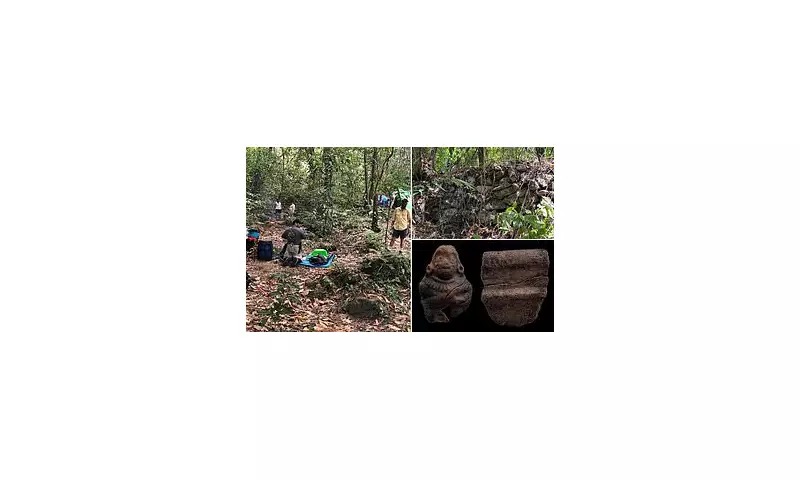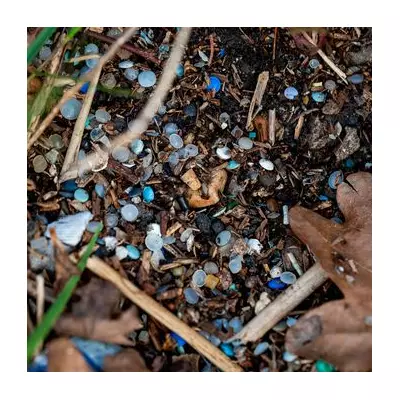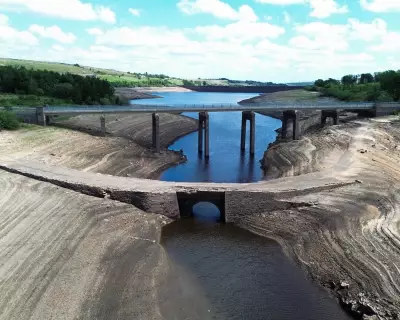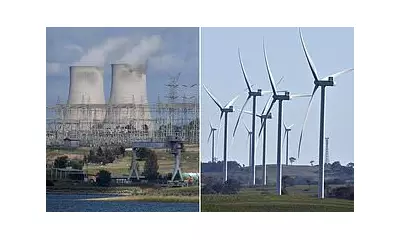
In a groundbreaking discovery that has sent shockwaves through the archaeological community, researchers have unearthed a previously unknown Mayan city hidden beneath the dense foliage of Mexico's Yucatan Peninsula.
The Hidden Metropolis
The ancient settlement, believed to date back to the Classic Period (250-900 AD), features remarkably preserved structures including:
- A 15-meter-tall pyramid
- Multiple ceremonial plazas
- Sophisticated ball courts
- Intricate stone carvings
- An extensive network of causeways
A Window Into Mayan Civilization
Dr. Alejandro Martinez, lead archaeologist on the project, described the find as "transformational." "The quality of preservation and the scale of this city suggests it was a major political and economic center," he explained. "The hieroglyphics we've found could provide crucial insights into Mayan governance and daily life."
How It Was Found
The discovery was made using cutting-edge LiDAR technology, which allows researchers to "see" through thick jungle canopy. Ground teams then hacked through miles of dense vegetation to verify the aerial findings.
What This Means for History
This discovery challenges previous assumptions about:
- The extent of Mayan urban development
- Trade routes in the region
- The civilization's peak population density
Excavations are ongoing, with researchers estimating that less than 10% of the site has been explored so far.





